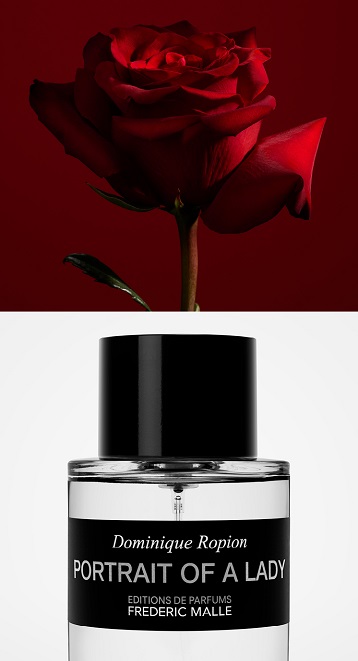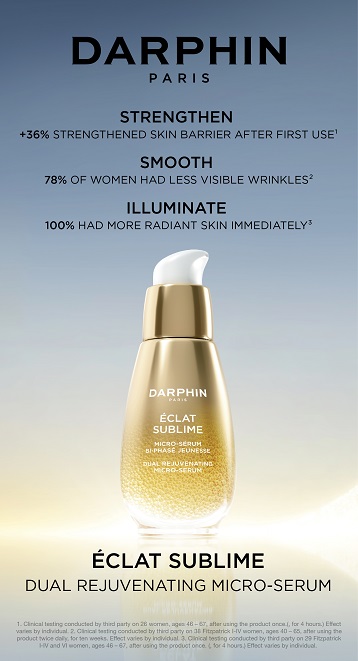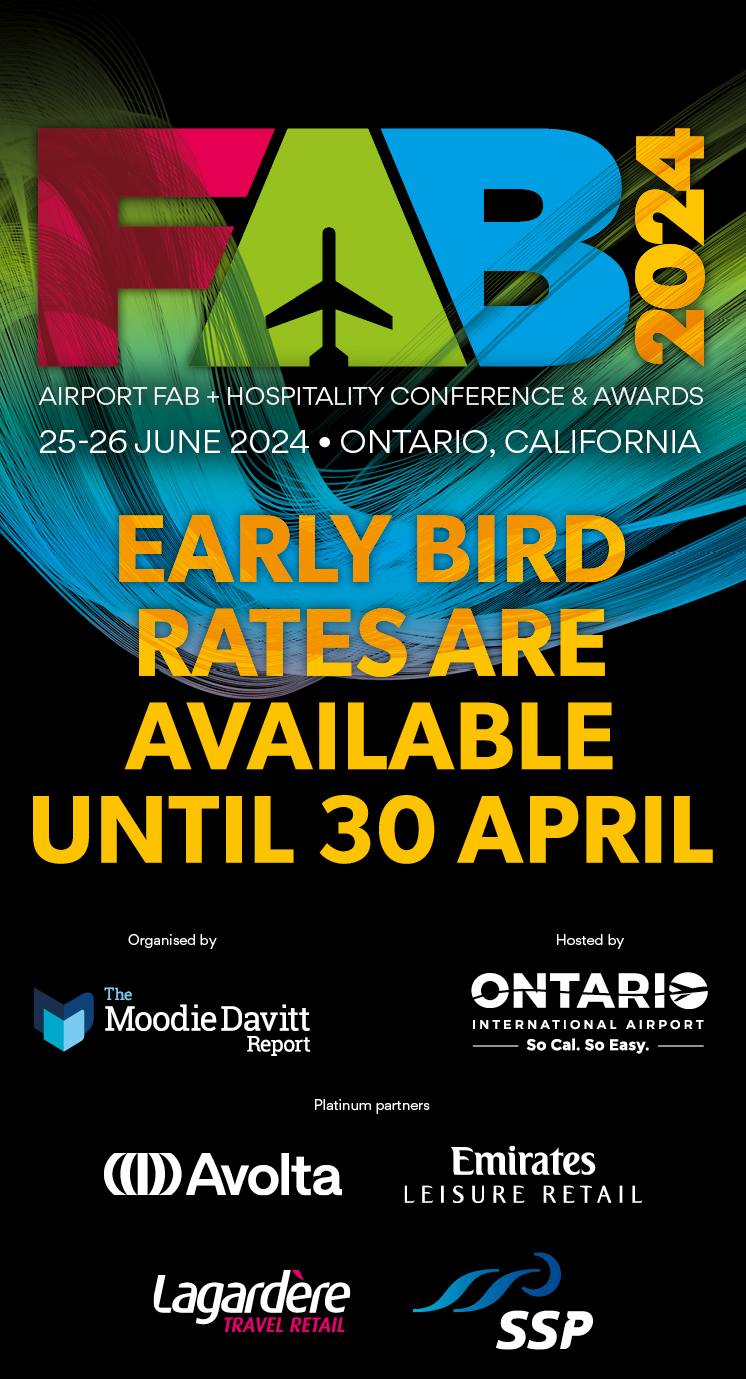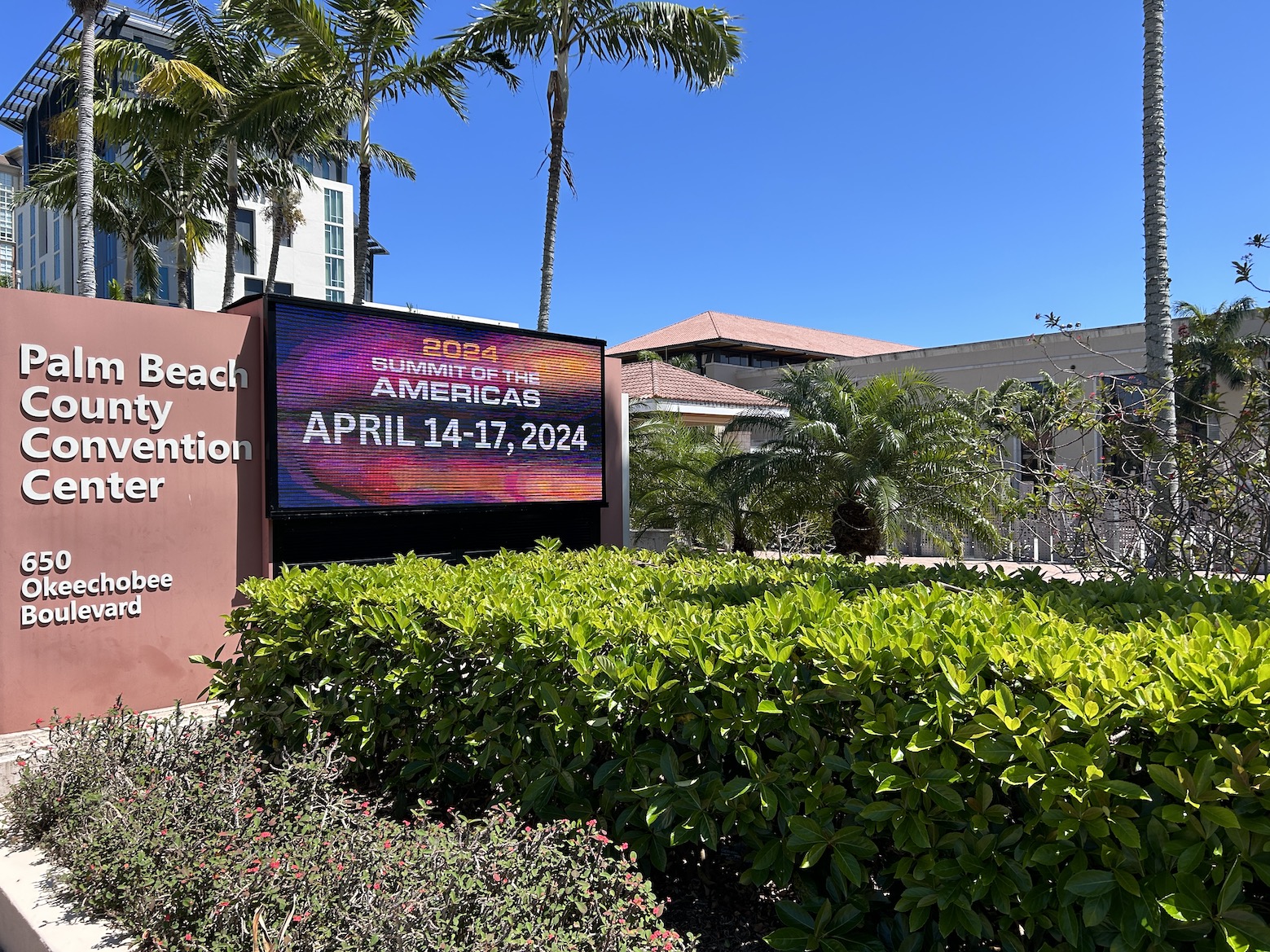 |
INTERNATIONAL. Airline ancillary revenues worldwide hit US$27.1 billion in 2012, a surge of +19.6% year-on-year. That’s according to a new report from industry consultant IdeaWorks Company.
IdeaWorks researched the financial filings made by 116 airlines around the world for the survey, 53 of which disclosed direct ancillary income. The figure of US$27.1 billion represents a more than doubling of the ancillary revenue of US$13.47 billion that the company calculated from 2009.
The top ten Total Ancillary Revenue list is dominated by the global network carriers and led by United, Delta and American Airlines, the survey noted. Joining the list for 2012 are Air France/KLM and Korean Air, which disclosed ancillary revenue activity linked to a wide array of optional extras such as bag fees, onboard retail and premium seating.
 |
As a group, these ten airlines delivered ancillary revenue in excess of US$18.2 billion, or 68.5% of the total amount disclosed by the 53 airlines that disclosed ancillary revenue for 2012. Airlines generally moved up the chart for 2012, it said, with the exception of American and US Airways.
Low fare airlines dominate the list of carriers where ancillary activity plays a vital role as a percentage of revenue. Spirit Airlines maintained its top position with a strong lead over its closest low-cost peer. Allegiant, Jet2.com, Ryanair and Tiger Airways came next.
The top ten Revenue Per Passenger list is led by Qantas, followed by Spirit and AirAsiaX.
IdeaWorks noted: “[This list] provides an eclectic mix of mostly global brands and low cost carriers brought together by a common purpose to maximize the ancillary revenue captured from every passenger. Qantas and Virgin Atlantic accomplish this task largely through the sale of frequent flier points or miles to programme partners. Spirit and Jetstar drive revenue through attention-getting low fares and by promoting the option for consumers to choose more comfort and convenience through a la carte services. United and Alaska choose a balanced combination of all the above.”
 |
IdeaWorks noted the “airline ancillary revolution” in Europe as an emerging trend.
“Air France, while long singing the praises of optional extras, made the additional leap of excluding checked bags from its lowest fares on select routes within Europe,” it said. “KLM took a similar approach by assessing bag fees for consumers not belonging to its frequent flier programme. Even British Airways jumped on the trend by offering carry-on only fares from London Gatwick.
“Lufthansa took the most dramatic approach by handing over European flying to its low cost Germanwings subsidiary with the exception of flights from its Frankfurt and Munich hubs. Lufthansa passengers are being switched to a frugal style of service that assesses fees for checked bags, seat assignments, food and drinks. Lufthansa Group will quickly change from a company that dabbles in ancillary revenue to one which drives a meaningful level of sales from the very same activities associated with Ryanair, easyJet, and Vueling.”
“Statistics help tell the ancillary revenue story, and every year key numbers are getting larger,” said IdeaWorksCompany President Jay Sorensen. “The most aggressive airlines easily have more than 20% of their revenue produced by a la carte fees. The best performers realise more than US$30 per passenger from ancillary revenue. This can be almost totally generated through optional extras as with Spirit and AirAsia X, or largely achieved through the co-branded credit cards held by consumers at Qantas and Virgin Atlantic. Whatever the source, it is revenue desperately needed by airlines during troubled economic times.”
 |













